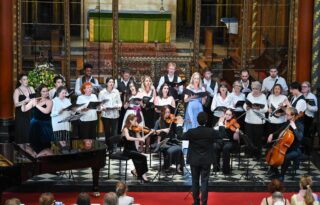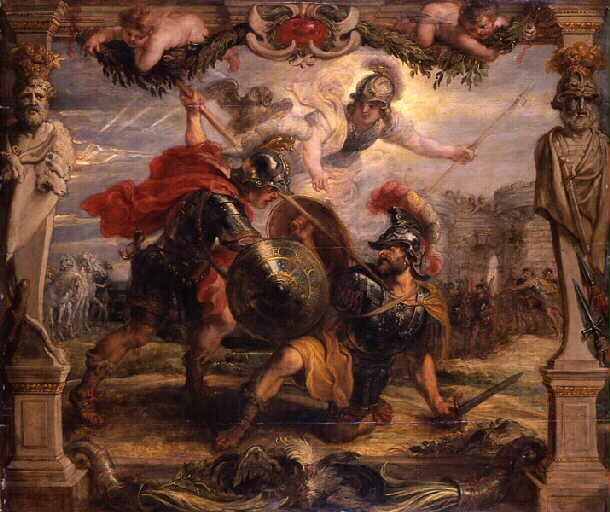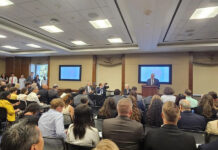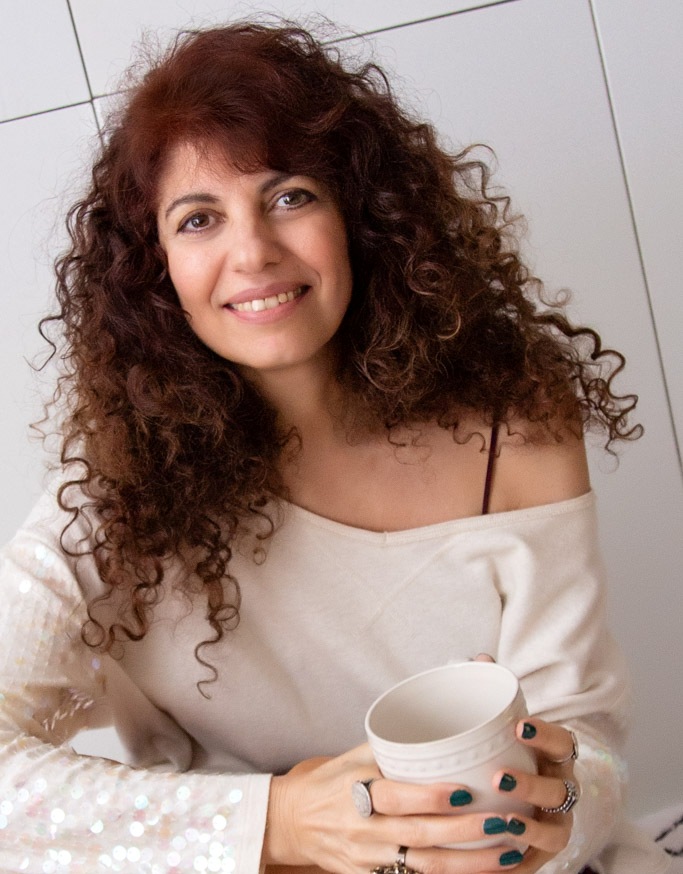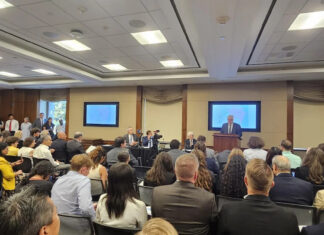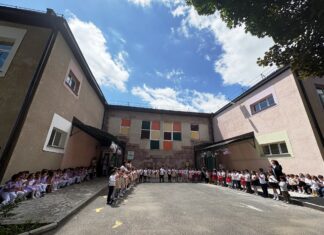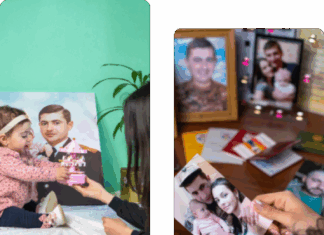There was a war between Armenia and Azerbaijan in the Artsakh Republic, the Armenian name for the Nagorno Karabagh region. I won’t dwell on the political, economic or military aspects of the war, but I will analyze the spirit that is behind the war speech in a zone in dispute, which is an enclave with historical Armenian population found within the territory of Azerbaijan.
By Ana Arzoumanian
Special to the Mirror-Spectator
“There are things that are not said in two languages” – Abbas Beydoun
In one of the translations of the Iliad, Book 1 begins with: “Goddess, sing me the anger, of Achilles, Peleus’ son, that fatal anger that brought countless sorrows on the Greeks, and sent many valiant souls of warriors down to Hades, leaving their bodies as spoil for dogs and carrion birds.”
